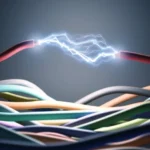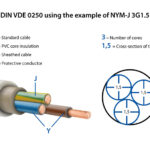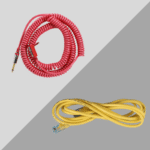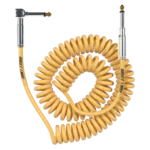How Does an Ethernet Cable Work?
Ethernet cables carry data packets between network devices using the Ethernet protocol. Inside, they contain twisted pairs of copper wires, designed to reduce electromagnetic interference (EMI) and crosstalk.
The cable plugs into Ethernet ports (RJ45 ports) and provides high-speed data transmission ranging from 10 Mbps up to 40 Gbps, depending on the cable category and network setup.
Types of Ethernet Cables
Cat5e (Enhanced Category 5)
- Speed: Up to 1 Gbps
- Frequency: 100 MHz
- Use: Home and small office networks
Cat6
- Speed: Up to 10 Gbps (short distance)
- Frequency: 250 MHz
- Use: Office, gaming, streaming
Cat6a / Cat7 / Cat8
- Speed: Up to 40 Gbps
- Frequency: 500–2000 MHz
- Use: Data centers, high-demand networks
Shielded vs. Unshielded Ethernet Cables
- UTP: Unshielded, common for homes
- STP/FTP: Shielded, ideal for industrial or EMI-heavy environments
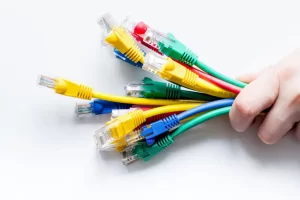
What is an ethernet cable
Applications of Ethernet Cables
- Home networks – routers, PCs, smart TVs
- Offices – high-speed local connections
- Factories – PLCs, sensors, automation
- Data centers – rack servers and patch panels
- ISPs – switching systems and repeaters
Ethernet vs. Wi-Fi: Which Is Better?
| Feature | Ethernet | Wi-Fi |
|---|---|---|
| Speed | Faster (up to 40Gbps) | Slower, varies |
| Stability | Very stable | May fluctuate |
| Latency | Low | Higher |
| Security | Harder to intercept | More vulnerable |
| Mobility | Fixed | Mobile |
How to Choose the Right Ethernet Cable?
- Check your speed needs: Use Cat6 or higher for Gigabit+ networks
- Installation distance: Use shielded cables for long or exposed runs
- Environment: Outdoor/plenum-rated cables where required
Ethernet Cables from TOT Wire & Cable
At TOT Wire & Cable, we provide premium-grade Ethernet cables that meet TIA/EIA, ISO/IEC, and UL certifications. Our cables ensure performance in even the most demanding environments.
- Cat5e, Cat6, Cat6a, Cat7 products available
- Shielded and unshielded options
- Custom labeling, packing, and bulk delivery
Contact us today for product specs or wholesale pricing.
FAQ: What People Ask About Ethernet Cables
Can I use a Cat6 cable on a Cat5 device?
Yes, Ethernet cables are backward compatible. Cat6 works on Cat5 devices.
What's the maximum length of an Ethernet cable?
Typically 100 meters (328 feet) for Cat5e/Cat6 without needing a repeater.
Is Ethernet better than Wi-Fi for gaming?
Yes. Ethernet offers lower latency, more stability, and no interference from other devices.
Do I need shielded cable?
Only if you're installing in high-EMI areas like industrial zones or near power lines.
Conclusion
Ethernet cables are still essential for building fast, secure, and reliable networks. Choosing the right cable can enhance your connectivity—at home, at work, or across complex systems.
With TOT Wire & Cable, you're choosing performance you can rely on.

